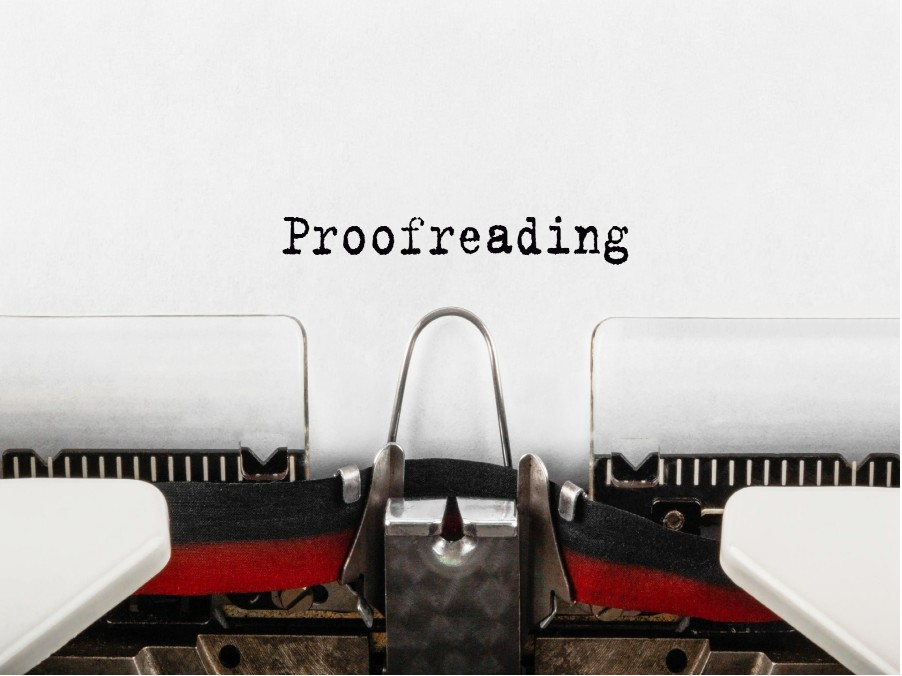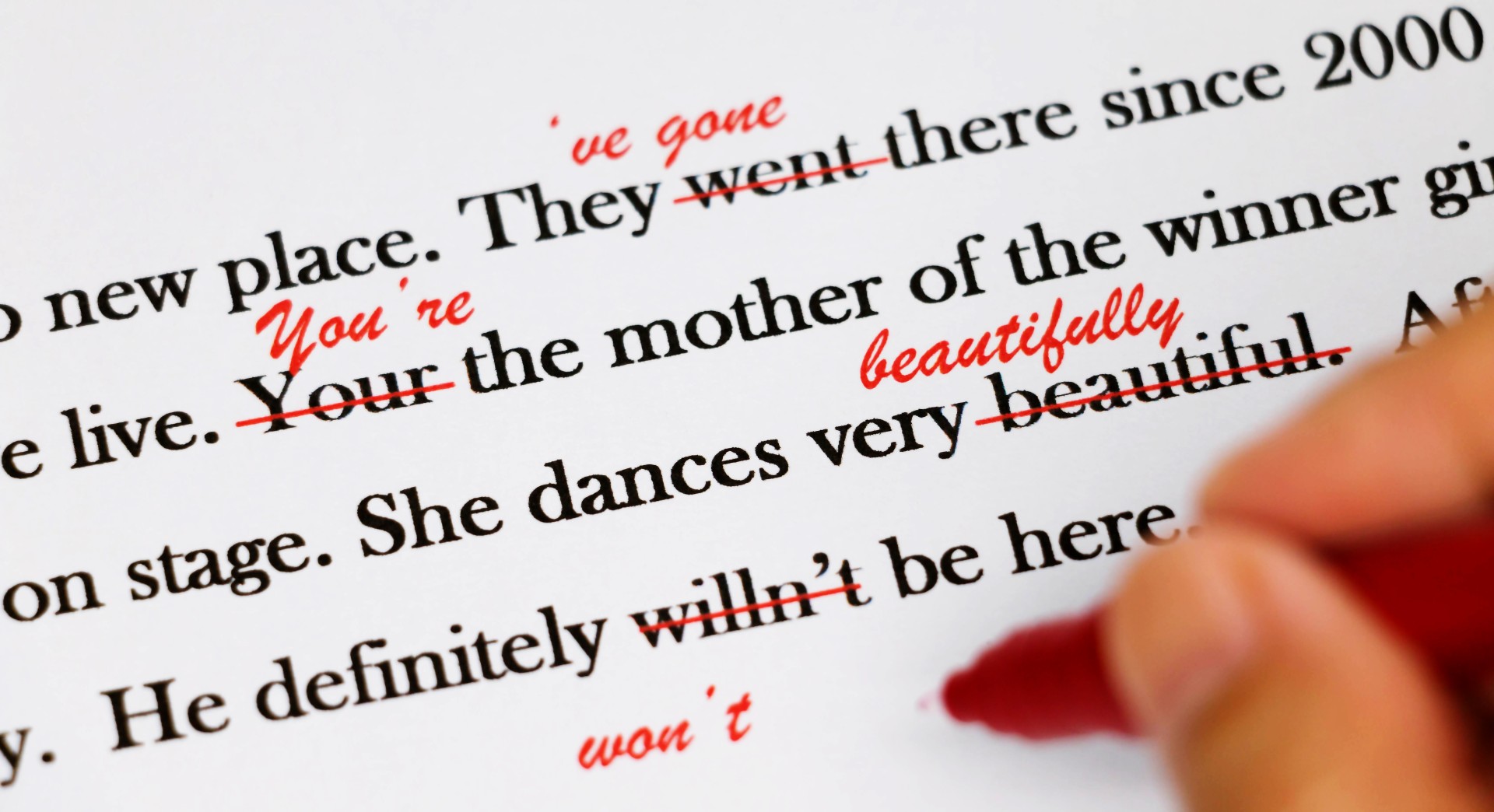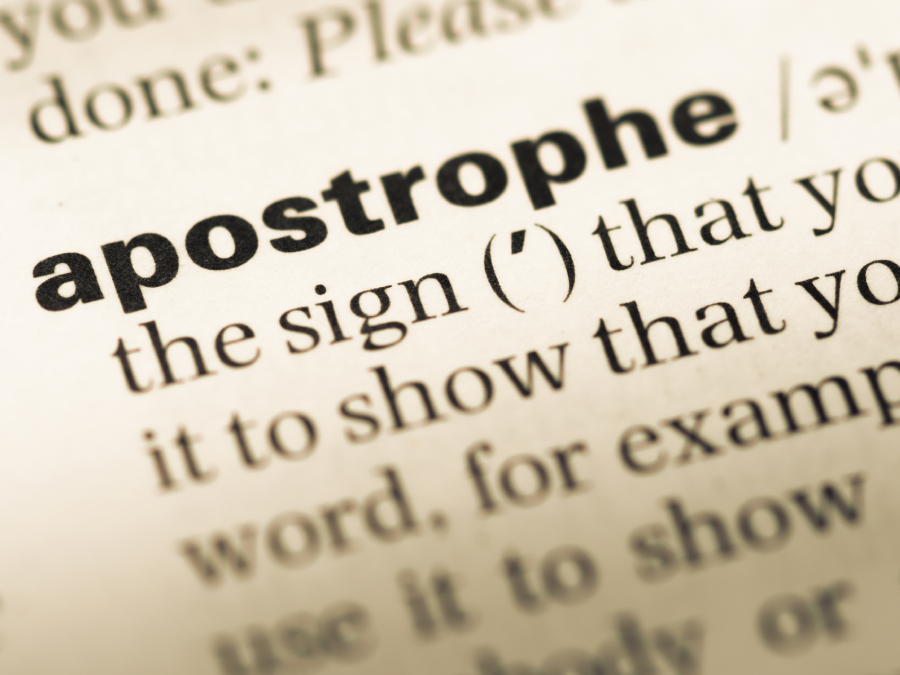Profread, proofreed, and proofread again
We’ve all been there.
Hours of research done. Hours of words written. Happy with the work, you click publish.
Boom. You’ve spotted a major spelling mistake in the first line. Any credibility you’d hoped to bring to your article goes flying out of the window.
But how did this happen? Without realising, psychology plays an enormous impact on our internal spellchecker.
There are several tips we’ve found and used that can help you proofread your work to make your print perfect!
DO sweat the small stuff
Why are typos so obvious once the print job is complete?
Changing the nature of what you’ve written and how it looks is key to proofreading.
Our brains are programmed to read what we think we wrote and can fail to see our errors as a result.
Tricking your brain into believing it’s reading that copy for the first time, is the ultimate art of proofreading.
The basics
To begin proofreading, use your machine, laptop or phone’s spell checker to eliminate any simple typos.
Remember to check that your computer has the correct regional language selected i.e. UK vs. US. Computers don’t always get it right, so having a printed dictionary to hand will be your perfect partner.
Try reading through your writing in three stages:
- Firstly, read the document to see if all the necessary information is there. This could mean dates and times for an event on a Flyer or thorough explanations of services in a Brochure. Either way, make sure it is all there.
- Secondly, read the document aloud to hear how it sounds and see if the sentences make sense. Here, check your past, present and future tense, and ensure you’re not switching between third and first person where it’s not applicable.
- Thirdly, check for the finer details. Double-check your headers and footers as these are normally formatted to stand out. Make sure any numbers, dates or names are written correctly as these items can be easily overlooked.
Proofreading for perfect print
1 Read backwards
Reading your work backwards is a top tip for spotting spelling mistakes. Looking at what you’ve written in an order that doesn’t make any literate sense, will help you spot if individual words are spelt correctly or stand out.
2 Know your kryptonite
Everyone has their own mistakes personal to them that they make, repeatedly. Whether you get “you’re” and “your” wrong, or you always forget the ‘n’ in ‘environment’, look out for the mistakes that you know you’re prone to.
3 Change the font
Give your eyes a different view of the words in front of you. Changing the font design or size is a great way to spot simple mistakes that were previously missed.
4 Two pairs of eyes are better than one
Get a friend or colleague to preview your work. A different and fresh set of eyes is your best proofreading tool. An eye for an eye will always improve your copy!
5 Preview your work
One trick that really works for me on WordPress, is using the Preview button. This allows you to see what your work would look like if you published it. This format change always exposes a few small errors that need a quick fix, before anyone sees them!
6 Print on paper
Reading your copy in a different version on a digital screen, such as on printed paper, can be a valuable trick in spotting those unruly errors. Tricking your brain into thinking it’s reading the final copy can help spot anything lingering on the page.
7 Change the margins
Narrow or widen the margins on your page so that the size and length of your paragraphs change. Having your words ordered in a new format can help you see spelling mistakes or errors as it looks like a different piece of work.
8 Grammarly
Grammarly is the checkmate to proofreading if you want to save time. Download the extension and watch it correct every mistake you make, preventing you from wasting time spotting them yourself.
9 Take time off
Your eyes might be tired and your brain could be fried. Go out for a walk; take a shower; go to bed. Do something different and come back with a fresh mindset, you’ll be surprised how much more productive you might be.
10 Thank your readers!
Your readers are your best friends. They read your, hopefully funny, errors and they’ll always point them out for you to fix. Thank them for it, they’re free proofreaders!
Here are some of the most common mistakes:
- Homophones– these are words which sound the same but have different spelling and meanings. Right and write. Deer and dear.
- Leaving out silent letters– Febuary and February, lisen and listen.
- Adding an Ending– mistakes can be made when changing the tense of a word by adding an ending. Hopeing and Hoping or Submiting and Submitting.
- Missing words– most commonly with smaller words, to, it, is, of, a, etc. Or sometimes these words are used incorrectly in exchange for one another.
- Ordering of letters– the most common of typos is for letters to be the wrong way round. For example, it’s weird to spell weird as “wierd”.
- Punctuation– apostrophes are the most common punctuation mistake. They should be used in two ways, for the possessive e.g. Peter’s ball, and to replace missing letters (a contraction) e.g. it’s or don’t.
- Amalgamating words– some words should be separated. For example, ‘a lot’ rather than ‘alot‘
- Verbs– adapt the verb to a singular or plural subject for example ‘I was’ and ‘we were’ not ‘I were’ and ‘we was’.
- Should of/should have– the latter is correct.
Only once the document is free of mistakes and as correct as it can be, is it ready to go to print. All you need then is a print partner to match your flawless proofreading…







